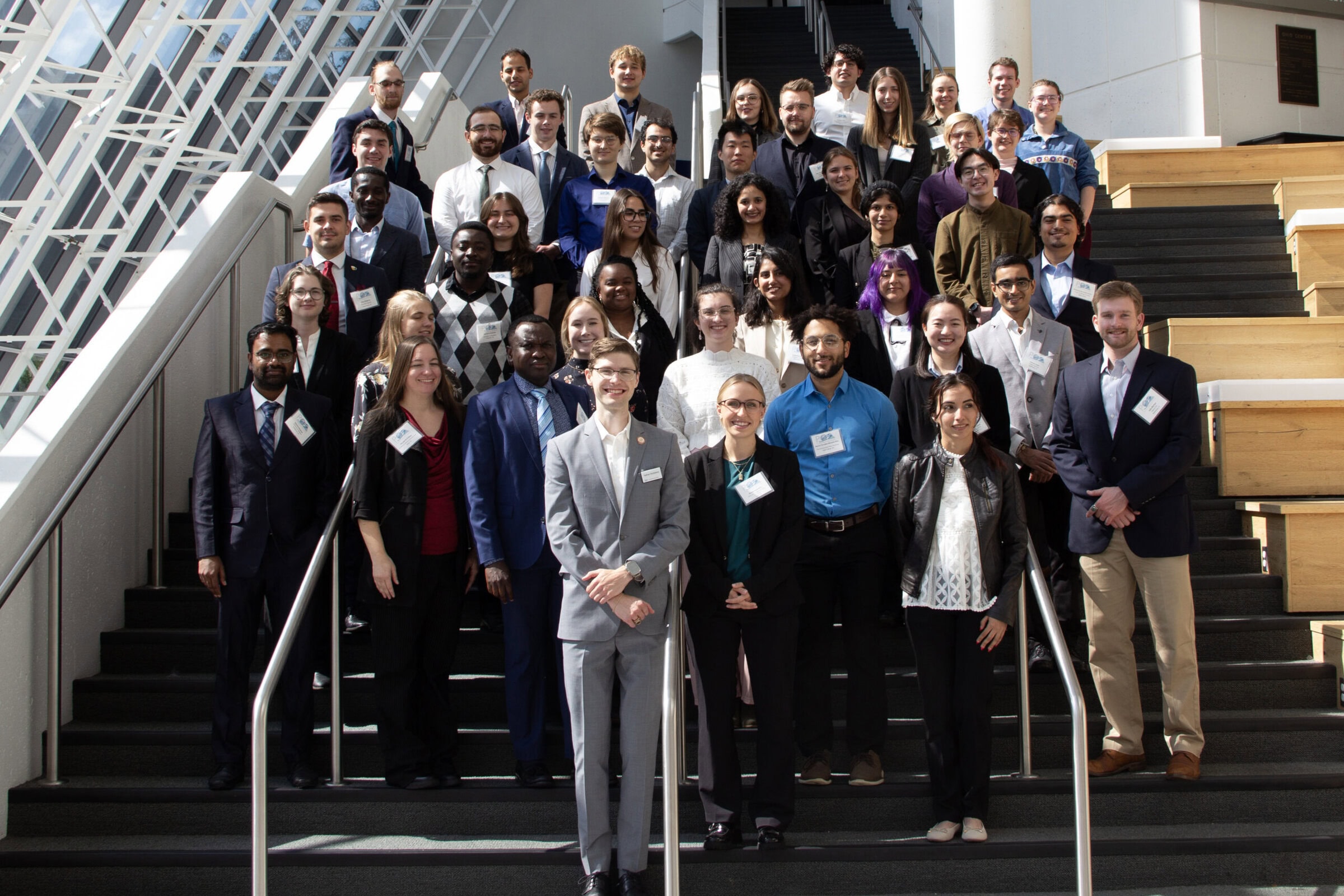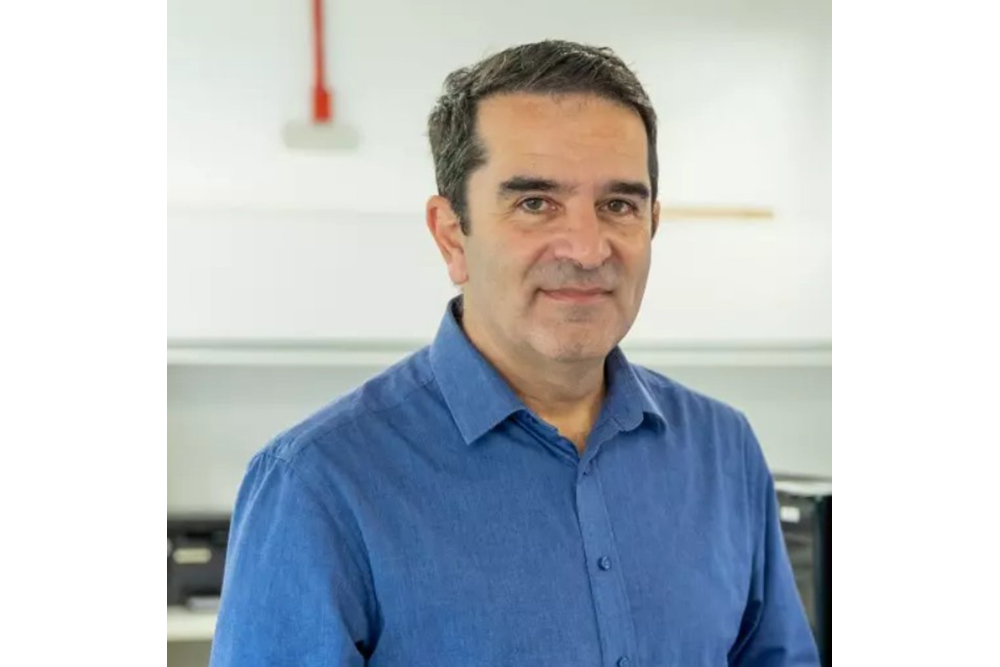
The International Commission on Glass and Wiley are offering a relatively new book that is meant to serve as an introduction for undergraduate and graduate students to the burgeoning field of glass materials designed for medical and biological uses. While I haven’t read Bio-Glasses—An Introduction, a summary of the book suggests that it is a timely tome that fills a void by providing an accessible explanation of various types of glass compositions, descriptions of how specific glass materials are made, and examples of where these materials are being used and tested.
Let me detour a bit to clarify a somewhat confusing point, in this context, of grammar and business: People in the glass field make a distinction between the term Bioglass and bio-glass. Bioglass refers to specific commercial glass compositions (also known as 45S5) created by Larry Hench, who also wrote the introduction to the new book. The hyphenated version, bio-glass, has been adopted as a generic term. Not all writers remember to follow this convention (yours truly, included), but this seems to be the general convention.
Returning to the meat of the book, it is a collection of original articles edited by Julian Jones (Imperial College, London) and Alexis Clare (Alfred University), and is said to cover a wide range of glasses including traditional, bioactive, sol-gel, phosphate, etc., plus information on glass–ceramics, composites and hybrids. Some of the applications covered include dentistry, bone regneration, tissue engineering, and even cancer treatments. Editors Jones and Clare are topnotch people, so I suspect the authors and subjects they selected are quite good at giving a sense of why there is a lot of excitement in this field.
The chapters include:
| • The Unique Nature of Glass | • Bioactive Glass and Glass–Ceramic Coatings |
| • Melt-Derived Bioactive Glass | • Composites Containing Bioactive Glass |
| • Sol-Gel Derived Glasses for Medicine | • Inorganic-Organic Sol-Gel Hybrids |
| • Phosphate Glasses | • Dental Applications of Glasses |
| • The Structure of Bioactive Glasses and Their Surfaces | • Bioactive Glass as Synthetic Bone Grafts and Scaffolds for Tissue Engineering |
| • Bioactive Borate Glasses | • Glasses for Radiotherapy |
| • Glass–Ceramics |
At $120, this volume isn’t meant for your nightstand or iPad, but it would be a great suggestion for your institution’s librarian to seek out or to add to your own bookshelf. In the meantime, you can read the first chapter, Clare’s “The Unique Nature of Glass,” for free (pdf).
Spotlight Categories
- Journal and Bulletin Updates
Related Posts
Opportunities for growth guide discussions at MS&T25 in Columbus
October 20, 2025
Volunteer spotlight: Dachamir Hotza
October 16, 2025


